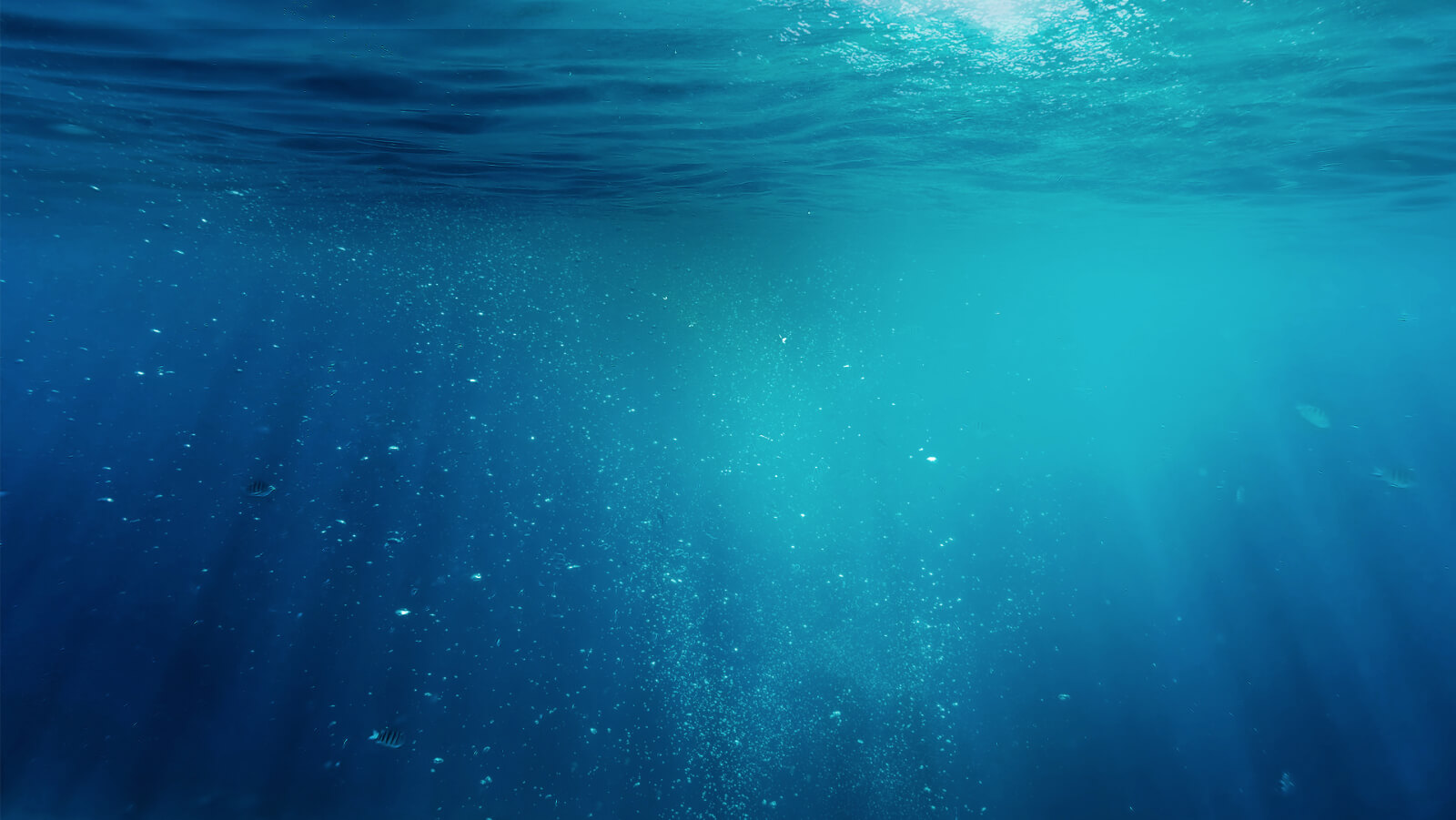-
How do whales and marine mammals use sound?
Whales and other marine mammals use sound to navigate and to detect predators and prey. Sound is essential for communication in order to attract mates, announce location and territory, to establish dominance and maintain group cohesion and social interaction. The toothed whales – which include dolphins, porpoises, beaked whales, sperm whales and killer whales – use echolocation to obtain environmental information such as water depth, the location of food and the distance of objects.
This means that marine mammals need to make and use sound continually and they have developed acute hearing to detect these sounds over vast ocean areas. Simply put, whales and other marine mammals rely on sound for their survival.
-
How are whales impacted by underwater noise pollution?
Whales and other marine mammals are impacted by underwater noise pollution in many ways: impaired feeding, changes in behaviour, dive patterns, movement and vocalisations; avoidance behaviours, stress, and masking.
When sounds of importance cannot be detected or interpreted due to acoustic interference, this is known as masking. Masking is a serious issue for these animals, as it reduces the space and distance over which they can communicate. This means these animals cannot react to a sound in the way that they otherwise would have done, and this can affect communication with mates, group members or their young, orientating and sensing their environment, finding prey and avoiding predators. Constantly increased stress levels also weaken the health and ability of these animals to resist illnesses leading to poorer overall health.
-
How are other marine animals impacted by noise pollution?
To date, around 150 marine species have been shown to be negatively impacted by underwater noise. This includes 47 species of marine mammal, 66 species of fish and 36 species of invertebrate.
Scientific studies investigating the effects of shipping noise on different marine animals have revealed a wide range of impacts. These range from developmental issues in crustaceans and fish, including poor body condition and changes in larvae settling, to changes in predator-prey interactions. Stress in fish species has also been widely documented, including stress hormone increases, dramatically higher heart rates and acute stress responses.
Important survival behaviours are also affected – impaired reproduction and feeding, greater predation and hindered social group formation have all been reported due to shipping noise.
Overall, noise can weaken connectivity between fish populations, change predator-prey interactions and community structure, compromise food web dynamics and stability, and risk ecosystem productivity and services.
-
Where does vessel noise come from?
Most underwater noise generated by large vessels is caused by propeller cavitation, that is the collapsing of air bubbles produced by the rotating propeller. Other sources of underwater noise from ships include the engine and on-board machinery, drag from poor hull maintenance and the bow/stern thrusters.
A noisy propeller indicates that a ship is not operating efficiently, and several studies have demonstrated that increased ship speed correlates with increased underwater noise for all ship types with conventional fixed-pitch propellers.
-
Do all ships cause ocean noise pollution?
Motorised vessels are the most widespread source of low-frequency underwater noise. Noise from shipping dominates the ocean soundscape and accounts for around half of all human-produced ocean noise pollution. This not only includes commercial ships but also recreational boats, which are abundant along coasts and often travel at high speeds. In 2015, there were 5.6 million recreational vessels registered in Europe alone. Yet, these vessels are currently unaccounted for in underwater noise models.
-
Why are whales struck by ships, can’t they just avoid them?
Collisions with ships, known as ‘ship strikes’ or ‘vessel strikes’, threaten whale populations all over the world. Wherever shipping and whale habitat overlap, there is a risk of vessel strike. For vulnerable and endangered populations, vessel strikes can have serious population level and conservation consequences.
Scientific studies have demonstrated that whales have not developed behavioural responses to actively avoid oncoming ships. While some species have been shown to respond to ships by diving, such responses are not sufficient to avoid a collision especially with higher ship speeds and less time to react.
In the Mediterranean Sea, fin whales and sperm whales are highly threatened by this phenomenon as their critical habitat overlaps with high densities of ship traffic. The Hellenic Trench in Greece, Bay of Biscay off France and Spain, Strait of Gibraltar and the Canary Islands are also considered to be ship strike ‘hot spots’ where there is a particularly high risk of collisions with vulnerable whales.
-
Blue Speeds: how can 10% less turn into 50% more?
It seems like an impossible riddle! Yet this is the data-driven outcome of slower shipping speeds.
Globally, by reducing ship speeds by an average of 10%:
Underwater radiated noise from shipping can be reduced by approximately 40%
The risk of collisions with whales can be reduced by around 50%
Greenhouse gas emissions from shipping can be reduced by 13%.
It feels like magic, but we can make it a reality through the Blue Speeds initiative. Join the movement by signing the petition today.
